Considered one of the best festivals of the year, New Year is an exciting time for many Native American tribes! With celebrations in honor of nature, the spiritual world, the sun, the rain, or ancestors, New Year is a celebration of remembering the old while welcoming the new. Below is a list of some of the different tribes in the United States and how they celebrate New Year!
Posted by Darkfeather Ancheta Native American Life
Considered one of the best festivals of the year, New Year is an exciting time for many Native American tribes! With celebrations in honor of nature, the spiritual world, the sun, the rain, or ancestors, New Year is a celebration of remembering the old while welcoming the new. Below is a list of some of the different tribes in the United States and how they celebrate New Year!
Makahiki
Traditionally celebrated in October, the Makahiki festival in Hawaii celebrated new beginnings and honors the god Lono, who represents fertility, music, and rain. Consisting of three phases, the first phase focuses on purification and spiritual cleansing and making an offering to the gods. The second phase involves hula dancing, singing, feasting, and athletic competitions. The final phase was meant to honor Lono as well as test the chief by throwing spears at him to see if he is able to deflect them, meaning that he was still a worthy leader. Today, the Aloha Festival is celebrated in the Makahiki tradition and last a week.
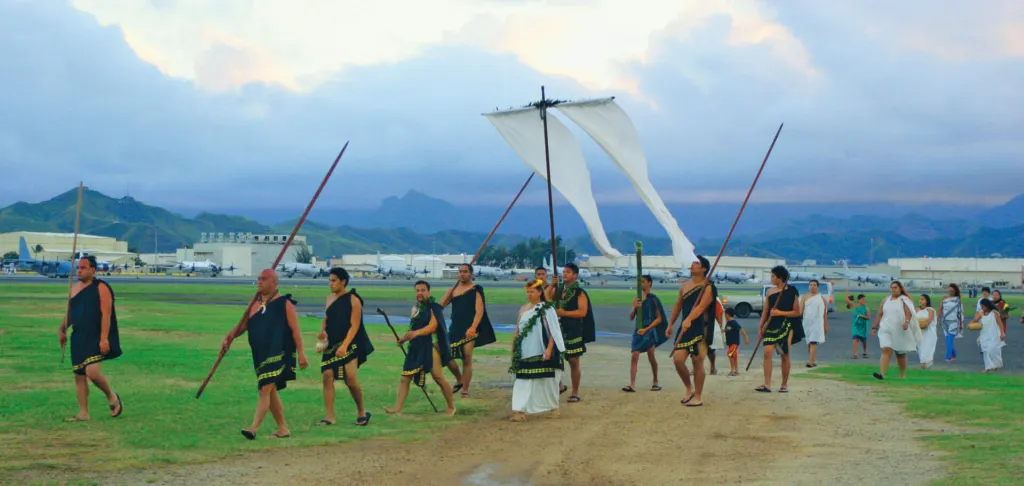
The gods connected to Makahiki are Lono, Akua Paʻani (the god of sports), and Kihawahine (the moʻo goddess). ABOVE: The Makahiki procession, taken November 19, 2005 at the Marine Corps Base Hawaiʻi, carrying akua loa, the visage of the male Makahiki gods.
Tewa
Viewed as a time of healing and life, the members of the Tewa speaking tribes would do three dances throughout the latter part of the year to celebrate the incoming year. Beginning the celebrations with a turtle dance at the winter solstice, which is easily the most public religious ceremony of the year; the Tewa use old songs that they recompose in new ways. In October the Tewa celebrate with deer dances to represent both the feminine and masculine and in the month after, the buffalo is recognized in another dance to represent healing.
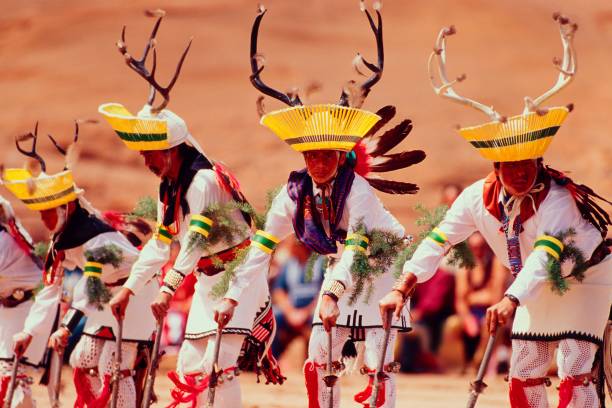
Hopi
Celebrating their New Year on December 22nd for the winter solstice, the Hopi have the Soyal Ceremony to symbolize the second phase of creation and the dawn of life. The ceremony is meant to help turn the sun back towards the summer to implement life for the New Year. Lasting up to nine days, the Hopi make many prayer objects, have many rituals, pass down lessons to newer generations, and have a feast at the conclusion of the celebration.
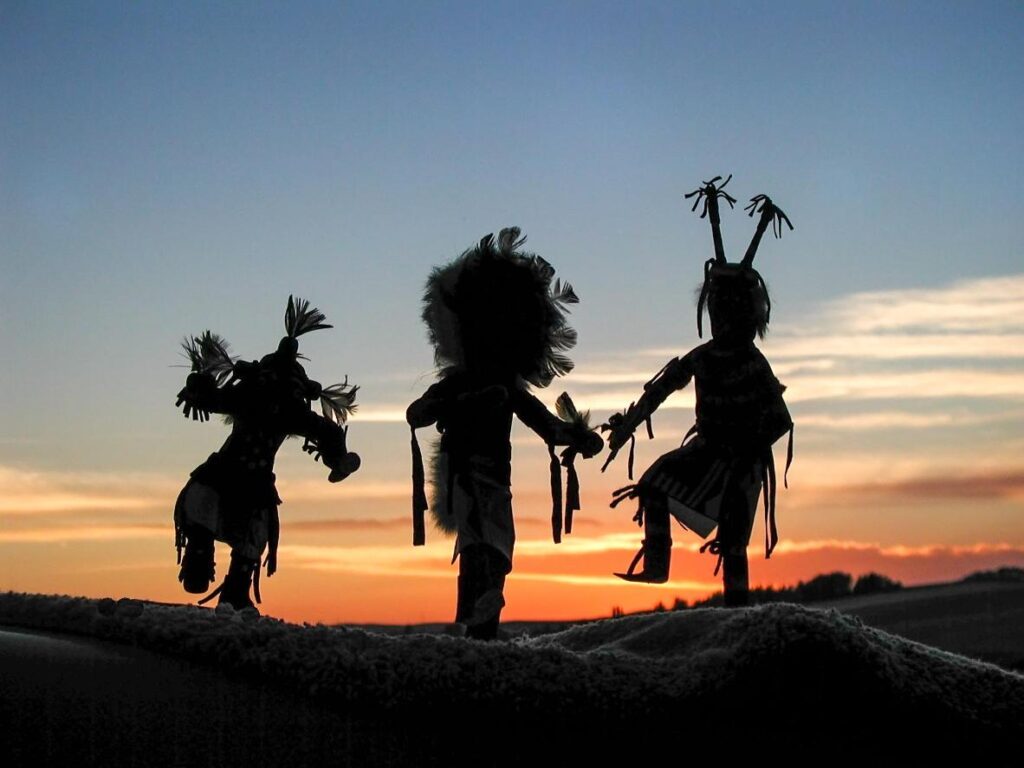
Umatilla
New Year to the Umatilla is a time to celebrate the return of sacred food including deer and bitter roots. Coming back to the tribal members as the sunlight hours begin to stretch, the Umatilla celebrate the New Year with singing, drumming, dancing, praying, and meals shared together at the longhouse. Just as with the Hopi, this is also the time of year where elders teach and share their wisdom and stories to the younger members of the tribe, passing it down by word of mouth.
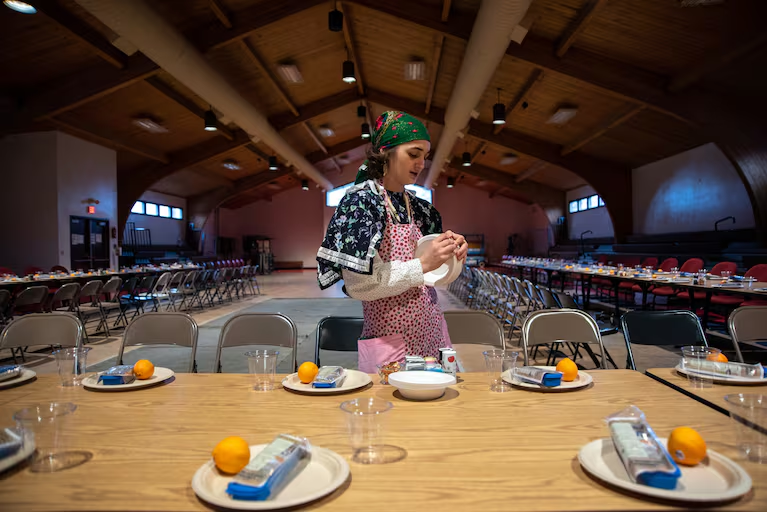
https://www.opb.org/article/2023/12/23/winter-solstice-is-also-indian-new-year-in-the-northwest
Iroquois
Considered a celebration of new beginnings, the Iroquois tribes have a nine day celebration called the Midwinter Ceremony or the “New Year’s Ceremony”. Taking place in either January or February, depending upon the lunar cycle, the Iroquois have many different rituals that take place over the festival. The events that occur during the ceremony include the Great Feather Dance, a Dream Sharing Ritual, Peach Stone Game, and more. The end of the festival concludes with a speaker that presents the summary and thanksgiving with the tribes. At the end, members are purified as the New Year is finally welcomed.
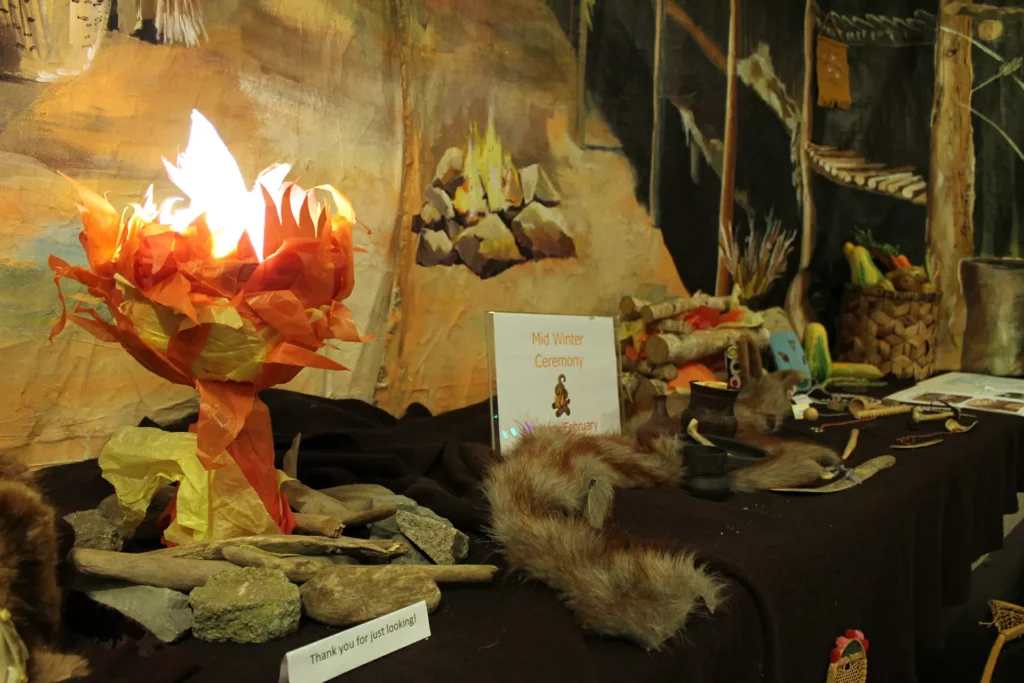
https://www.rbg.ca/festivals-of-light-midwinter-ceremony/
https://sanquentinnews.com/when-new-year-arrives-for-native-americans/

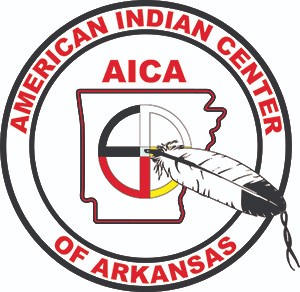
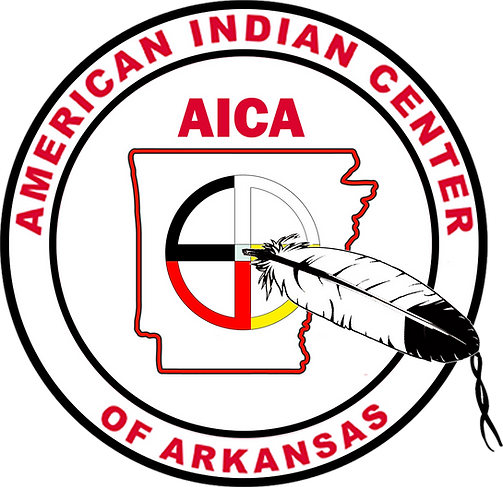
4 Responses
Your positive energy and enthusiasm radiate through your writing It’s obvious that you are truly passionate about what you do
Thank you, I always post who wrote an article.
Give a round of applause in the comments to show your appreciation!
Thank you so much!!